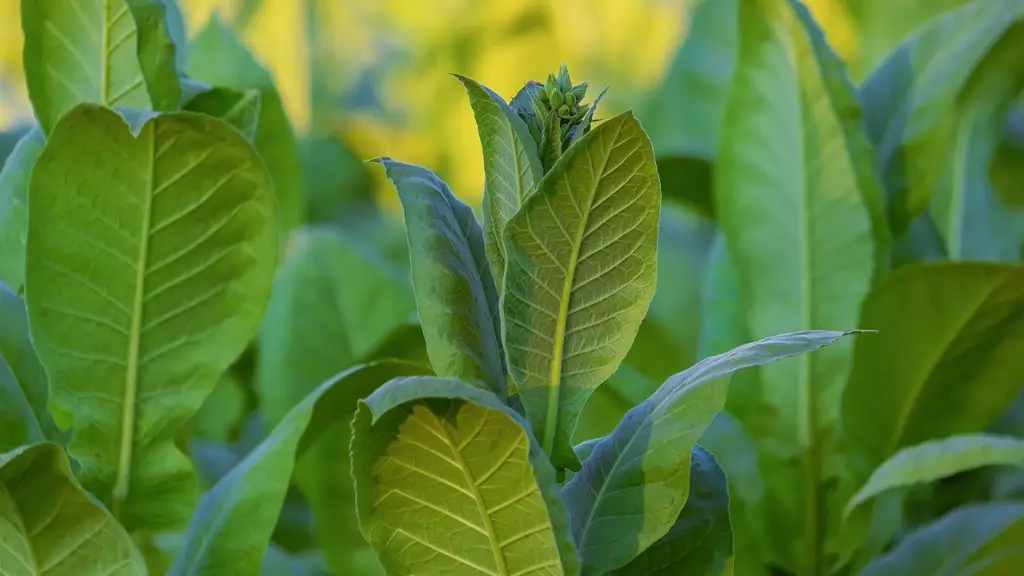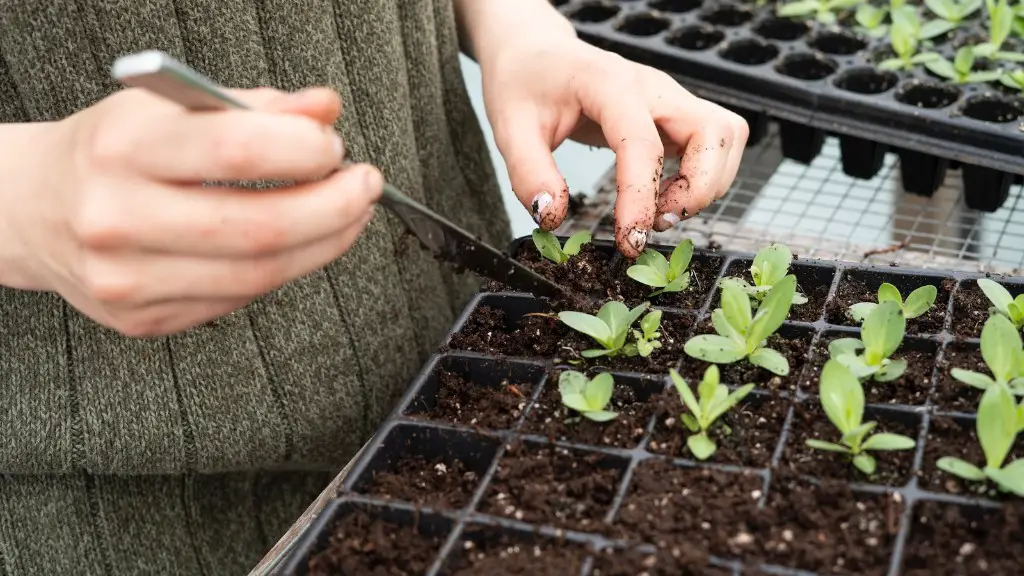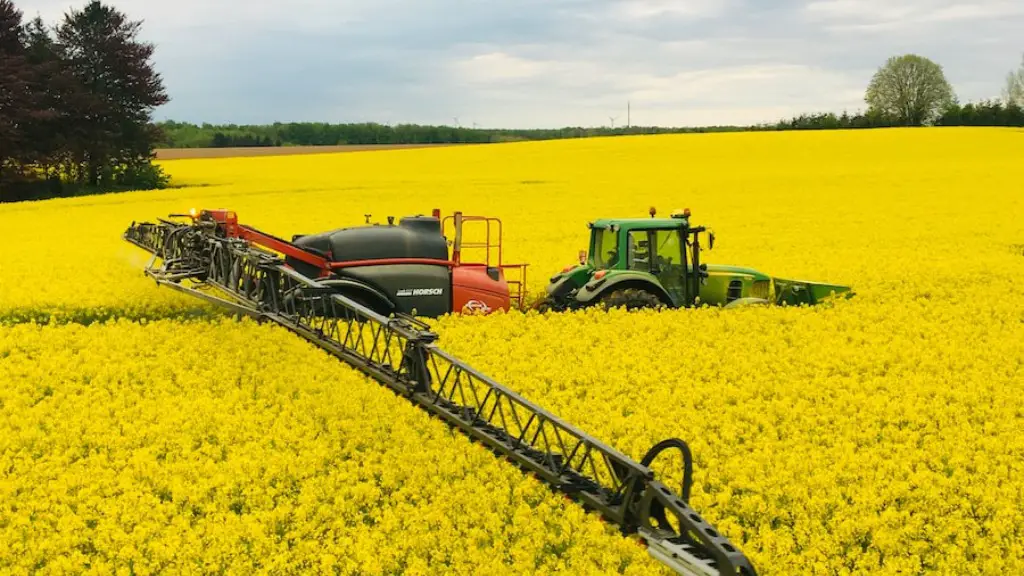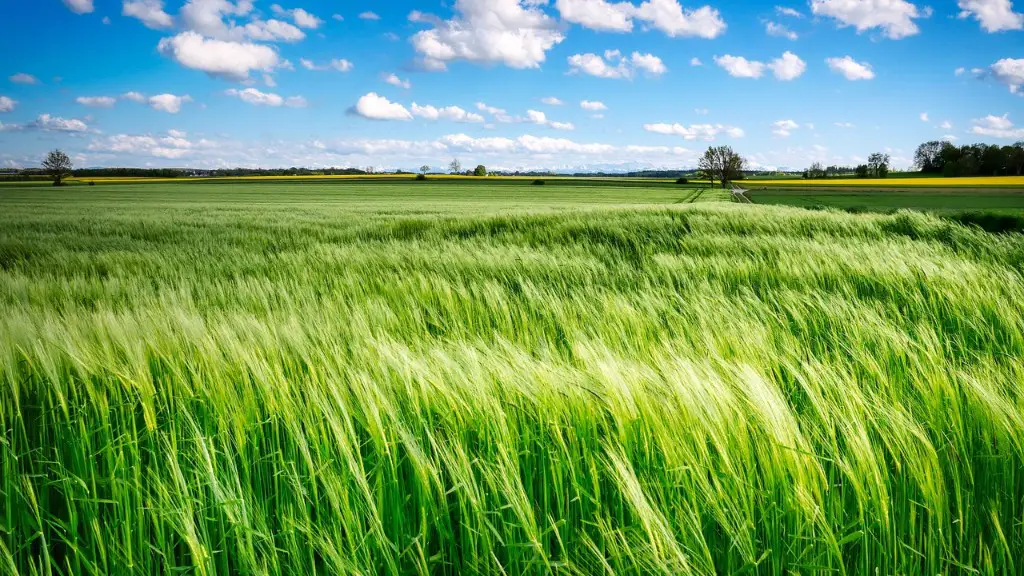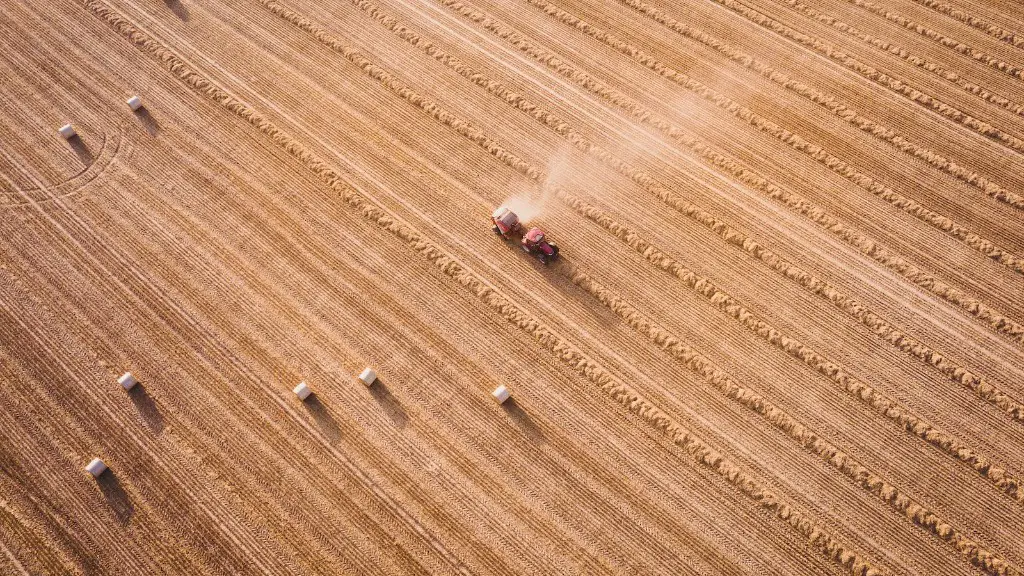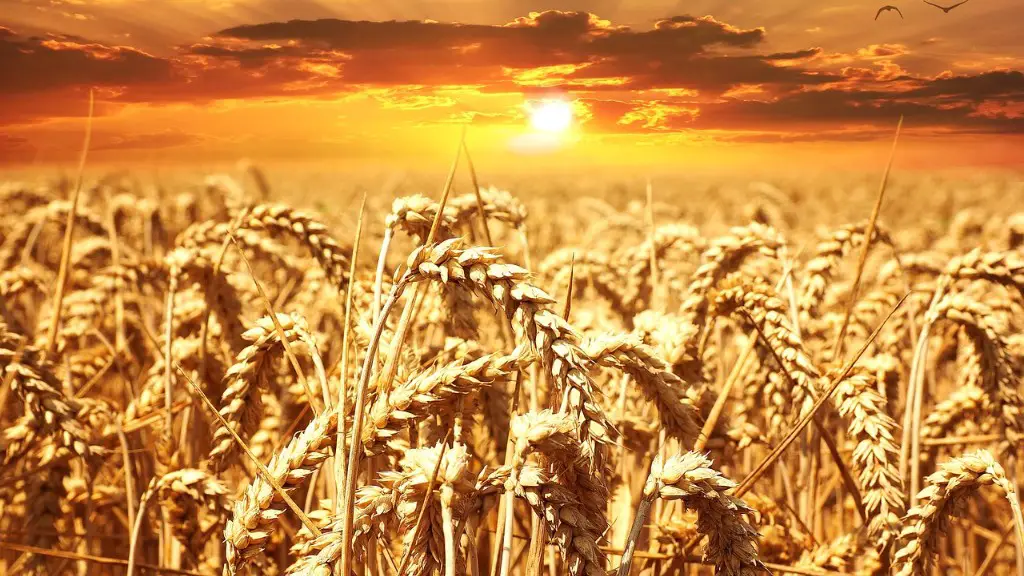Furrow is a narrow trench or channel cut into the ground, typically one of a series, by a plough or bulldozer and left unseeded. They are created to assist in the drainage of water from the field, and help to aerate the soil. Furrows can also be created artificially, using irrigation systems.
A furrow is a long, narrow, shallow ditch that is dug in the soil to plant crops.
What is a furrow for?
The furrow system is a common irrigation method for row crops. Water is run in furrows between the crop rows, providing moisture to the roots of the plants. This method is used for crops such as corn, cotton, sugar beets, and potatoes.
Planting in furrows allows for more uniform rows. These rows are able to be weeded and irrigated simply and without the concern of disturbing growing plants. Irrigation furrows have also been celebrated for their ability to help maintain soil moisture and to improve water use during periods of drought.
How does a furrow work
Furrow irrigation is a method of supplying water to crops through shallow, evenly spaced furrows. Furrows are made with a hipper that forms parallel beds, and are usually spaced 30 or 38 inches apart. Water flows from a pump to furrows in lay-flat plastic pipes.
Ridge and furrow topography is a result of ploughing with non-reversible ploughs on the same strip of land each year. It is visible on land that was ploughed in the Middle Ages, but which has not been ploughed since then.
What is an example of furrow?
A furrow is a narrow groove or depression in any surface, often made by a plow. Furrows can also occur naturally, as in the wrinkles of a human face.
Good seed-to-soil contact is important for consistent germination and emergence. Seeds should be firmly pressed into the bottom of the furrow.
Why is furrow irrigation bad?
Furrow irrigation can be quite inefficient, as it can result in a poor uniformity of crops. This is because a high application of water is often required at the top end, but lower application is needed at the bottom end. As a result, crops at the bottom end of the field may not receive enough water, leading to poor growth and yield.
It is important to evenly distribute water in furrow irrigation to avoid water wastage. Water wastage can come in the form of evaporation from standing water, runoff at the end of rows, or uneven water infiltration. If more water percolates into the ground than is necessary for crop growth, it can lead to water wastage.
What are the advantages of furrow
Furrow irrigation has a few advantages compared to other irrigation methods. One advantage is that the initial investment in equipment is lower. Another advantage is that the pumping costs per acre-inch of water pumped is lower. The main disadvantage of furrow irrigation is that the labor costs are higher. Another disadvantage is that the application efficiency is lower compared to sprinkler and subsurface drip irrigation.
I eye the garden bed edges and use a garden rake to get a clean line. This is the quickest and easiest way to edge a garden bed.
What crops is best for furrow irrigation?
Furrow irrigation is best used for irrigating row crops such as maize, vegetables and trees. Border irrigation is particularly suitable for close growing crops such as alfalfa, but border irrigation can also be used for row crops and trees.
Furrows are grooves or channels that are formed in the sea floor. They are created when the currents in the boundary layer of the ocean align coarse, light debris in a ribbon-like pattern. As the debris moves along the sea floor, it scrapes small longitudinal troughs into the muds. These furrows can be used to help determine the direction of ocean currents.
Why did farmers use ridge and furrow
The furrow and ridge system was a common agricultural land management technique in medieval Europe. It involved plowing a field in a herringbone pattern, with the soil from the furrow being piled up into a ridge. This created natural divisions which were used as boundaries when tenants drew lots for a small strip of land within a particular field. And in a wet year, the crop growing on top of the ridge was likely to survive, while in drier weather a good crop could probably be harvested out of the furrow.
Moles, pocket gophers, ground squirrels, and prairie dogs can all damage your yard or garden by digging underground burrows. These animals can uproot your plants, create tunnels that damage your lawn, and generally make a mess of your property. If you have a problem with these animals, you may need to take steps to trap or otherwise remove them from your property.
Why do farmers make ridges and furrows in their crop field?
The ridges and furrows method of cultivation is a traditional method of ploughing which helps to drain the field by allowing the excess water to flow through the furrows thus, reducing excess moisture stress on plants. This method also helps to aerate the soil, which is beneficial for plant growth.
Surface irrigation is a method of irrigating fields by flooding them with water. The water is held in small trenches that run through the crops. The crops are then watered by the water that floods the trench. This method is probably one of the oldest methods of irrigation.
Conclusion
A furrow is a small, shallow ditch or groove made in the ground by a plow or other agricultural tool.
Furrow in agriculture is a tool that farmers use to create planting rows in their fields. By using a furrow, farmers can more accurately plant their crops and ensure that they grow in a straight line. This helps to maximize the use of the land and increase yields.
